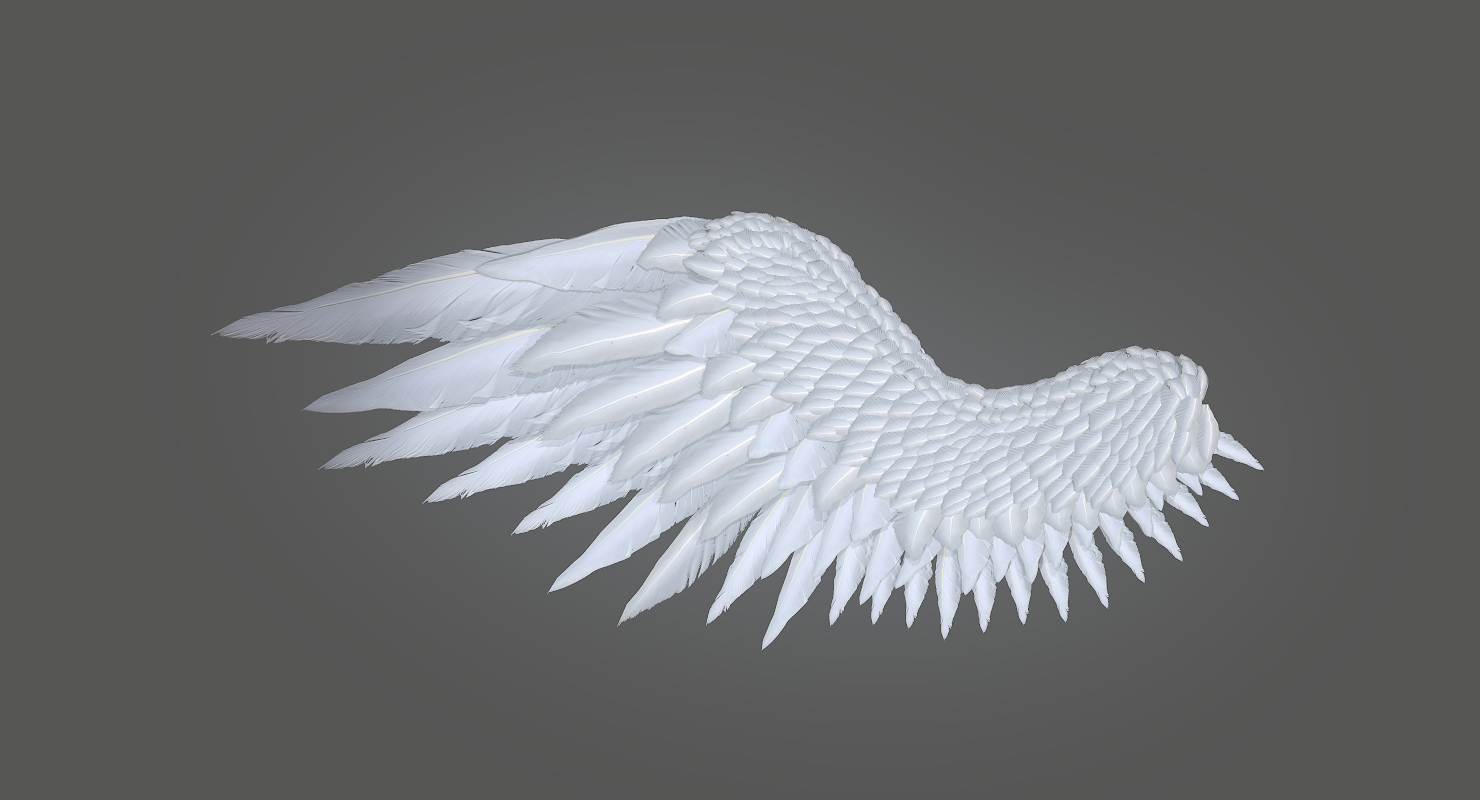
2014) and small-scale wind turbines (Fish et al. 2013), car aerodynamic components, Micro Air Vehicles (MAV) (Zhang et al. 2019 Pendar and Pascoa 2022), cavity flows (Li et al. 2016), on using plasma actuators (Meng et al. 2016), but also in air on wings (Zhan et al. 2011 Jansen and Nilsson 2017 Shanmukha Srinivas et al. for rudders, keels, fins, propellers (Fish et al. The straightforward applications of such tubercle wings are in water, i.e. So far, a significant interest has grown towards the possible use of tubercles in technological devices to improve performances both in water and in air, still keeping manufacturing as easy as possible. The obtained results indicated that in certain working conditions, wing performances are indeed increased, so that biomimetic engineering applications seem to be possible (Anders 2000 Miklosovic et al. Specifically, the important question to be solved was if a wing model equipped with tubercles was able to delay wing stall and to attain higher lift in comparison with a standard wing. Graphical Abstractįrom the observations of the high cooperative behaviour of several specimens in hunting preys, investigations started to understand if those flippers were responsible for most of this high manoeuvrability and of related skills (Miklosovic et al. The objective of the present work is focusing on the basic fluid-mechanics phenomena involved, to show that beneficial effects of tubercles are present even when tubercle details are simplified, in order to couple performance improvement and ease of assembly. So far, a simple mathematical model, describing tubercles as delta wings, is presented and verified by experimental data.


In addition, the detailed analysis of mechanisms underlying the improvement of performances suggests that a triangular shape of the leading edge combines the advantages of easy manufacturing and improvements of pre-stall behaviour. Measurements indicate performance improvements for all trailing edge tubercle geometries here tested. To this end, different tubercle geometries are tested, by measuring overall forces acting on the wings and by deriving detailed velocity fields using particle image velocimetry. Specifically, the tubercles observed in humpback whales are considered with a special focus on easy manufacturing and performance improvements, trying to overcome the observed lift coefficient reduction before stall in comparison with a standard wing. The present study aims investigating experimentally wing/blade geometries in which the leading edge is modified by the presence of artificial bumps, following examples in nature (“biomimetics”).


 0 kommentar(er)
0 kommentar(er)
